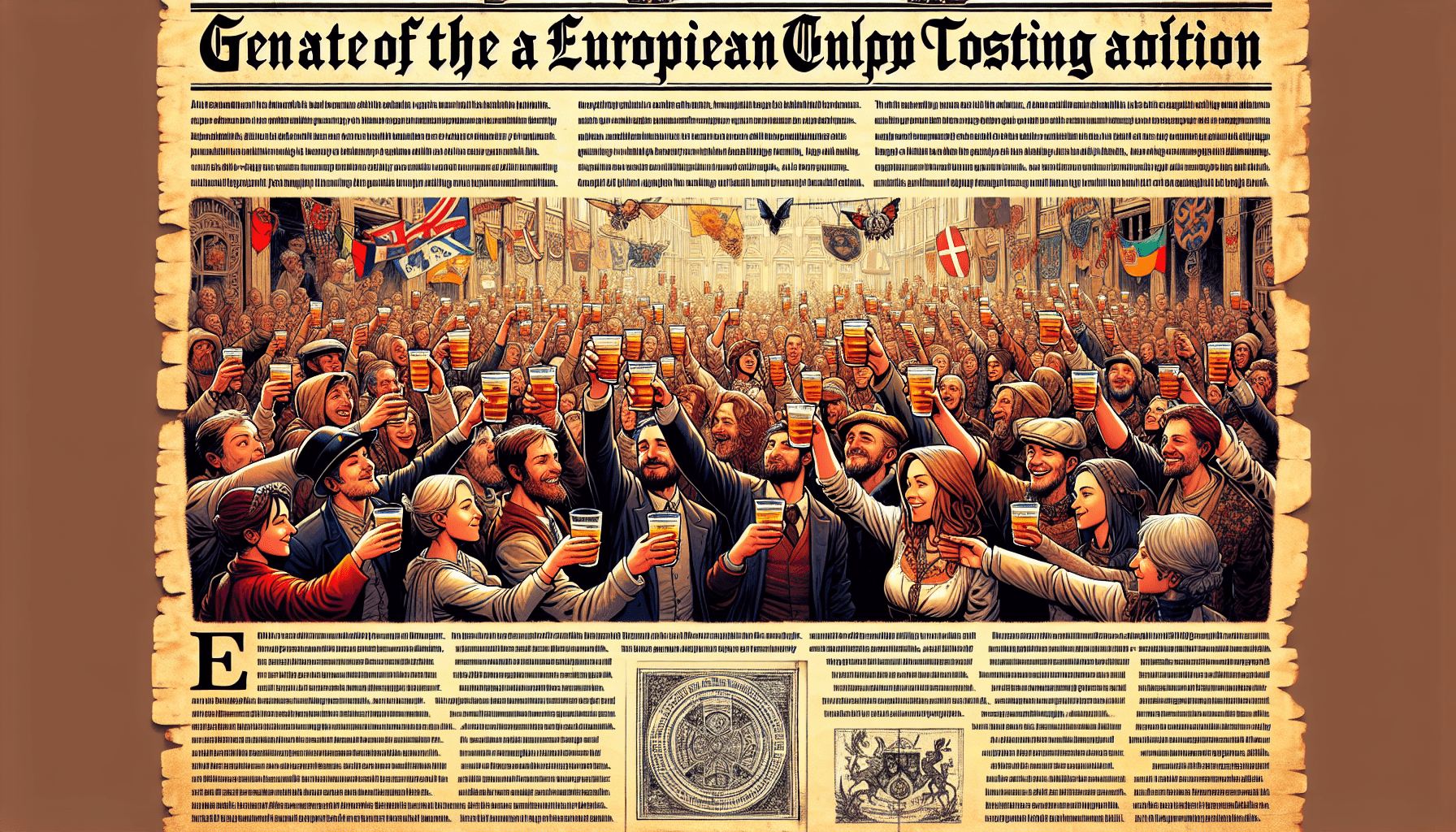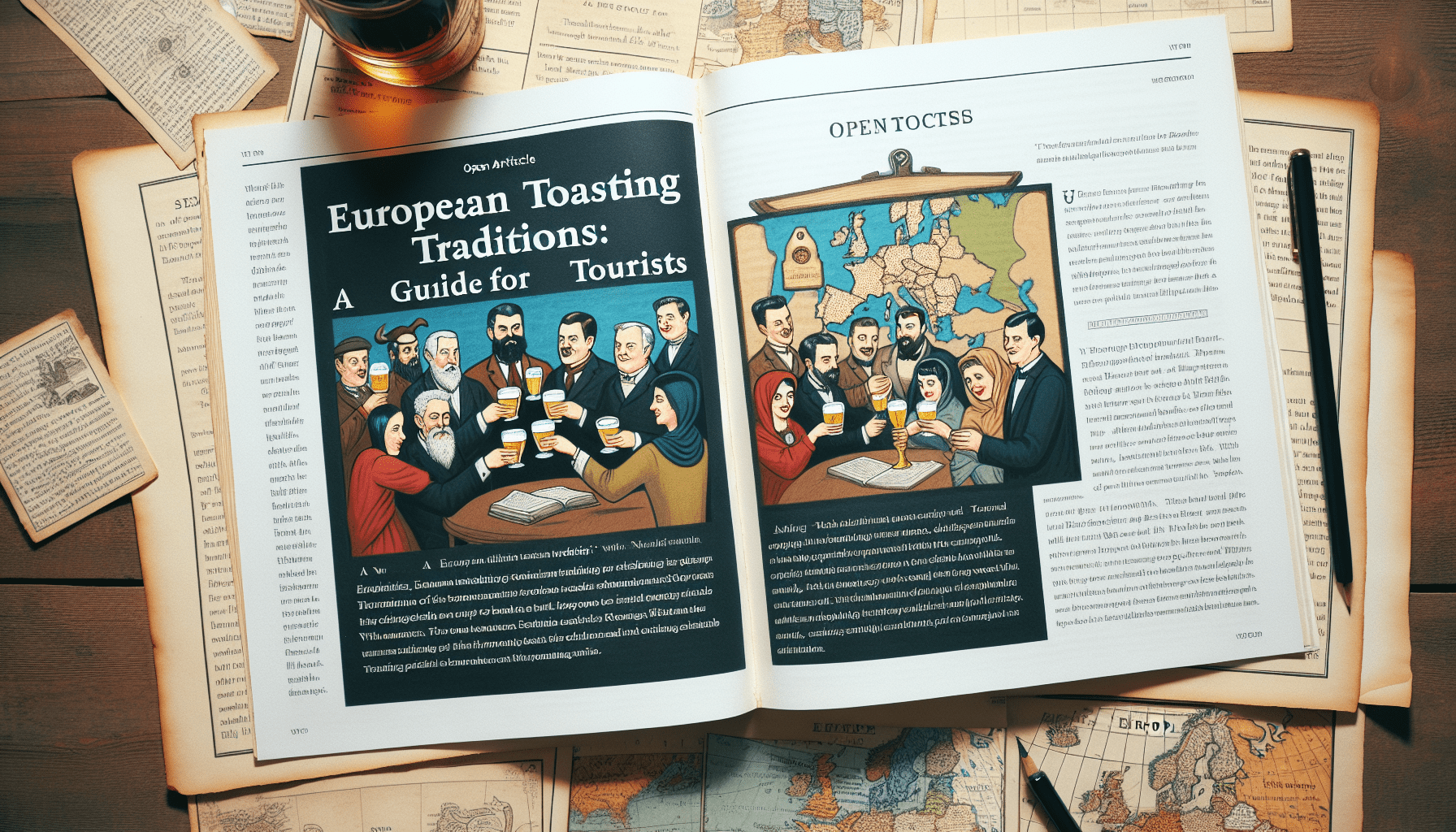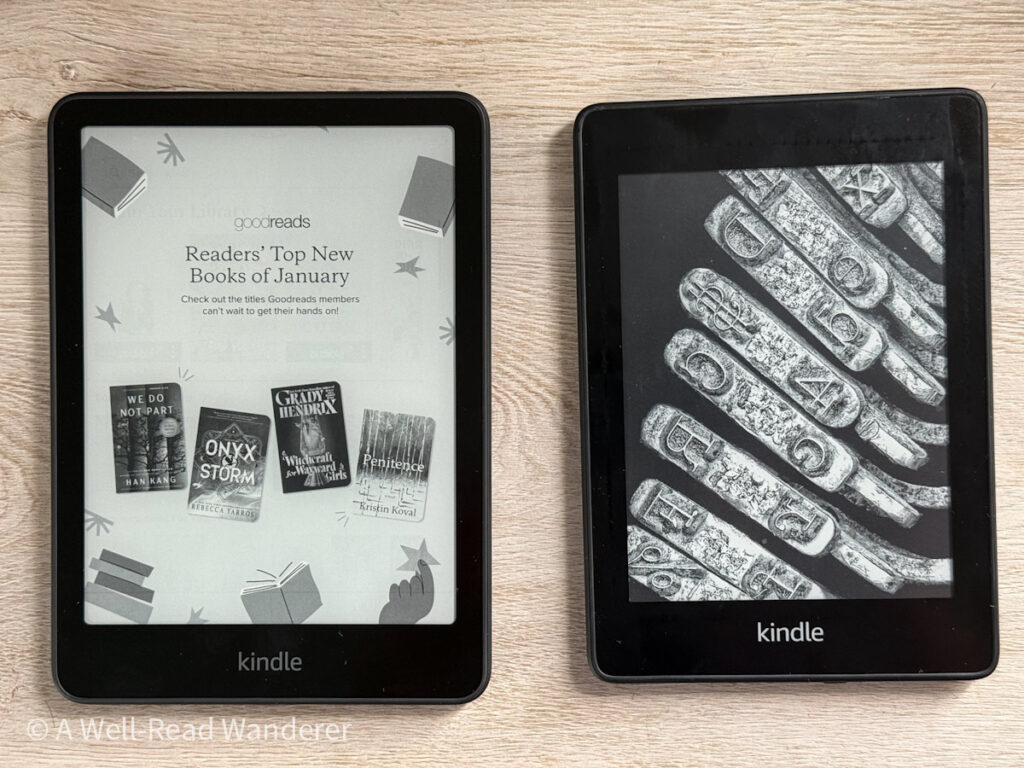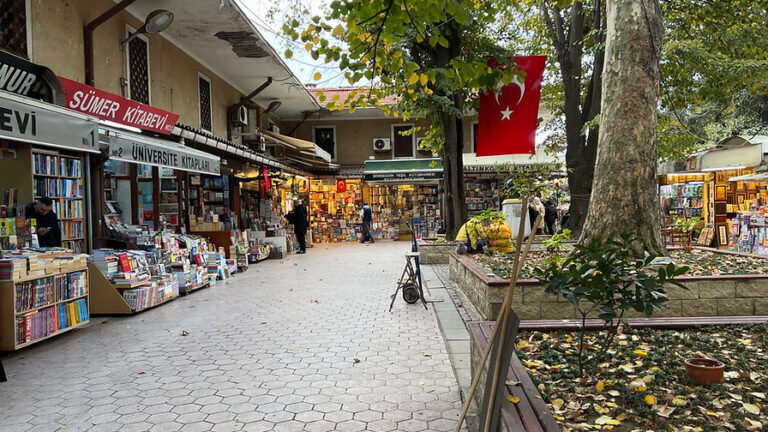Toast! A common act of celebration around the world, but did you know that toasting in Europe has its own set of traditions and etiquette? One particular custom that stands out is the necessity for two people toasting to maintain eye contact throughout the entire act. From Germany to France, locals hold the belief that failing to make eye contact during a cheers will result in seven years of bad luck or bad sex. The origins of this tradition are unclear, but theories range from the importance of eye contact as a sign of respect to the need for vigilance against poison or potential attacks. European toasting traditions don’t stop there, with other countries like Georgia and the Netherlands having their own unique customs. So, if you’re planning to raise a glass in Europe, be prepared to engage in some eye contact and perhaps learn a few essential phrases along the way.

Shop Top Rated Travel Essentials
The Tradition of Toasting in Europe
Cheers! Santé! Prost! Toasting in Europe is more than just raising a glass and taking a sip. It comes with its own set of etiquette, rules, and traditions that are deeply ingrained in local culture. And in between the clinking glasses and chorus of well-wishes, there’s one more toast-ready custom that you might not have heard of. In Europe, when two people toast, they should always – and we mean always – do so while looking directly into each other’s eyes. This may seem like a small detail, but it holds great significance in European toasting traditions.
Importance of Eye Contact in Toasting
So why is eye contact so important when toasting in Europe? It goes beyond mere social convention. Maintaining eye contact while toasting is seen as a symbol of confidence and connection. By looking someone in the eye as you engage with them, you show respect and establish a mutual understanding of esteem and trust. It is a way of acknowledging the presence and significance of the person you are toasting with.
Origins of the Tradition
While there is no clear sign of where or why the tradition of toasting with eye contact originated, there are several theories that might shed some light on its origin. One theory dates back to Viking culture during the 8th to 11th centuries. According to popular legend, Vikings would maintain eye contact while toasting to ensure that the other person wasn’t going to wield their weapon and attack mid-sip. This practice would have helped in establishing trust and preventing any unexpected acts of aggression.
Another theory stems from the Middle Ages when poisoning was a relatively common practice between enemies. If someone had poisoned a drink, the culprit would keep a close watch on the glass during the toast to make sure none of the drink (and poison) spilled over and into their own. By maintaining eye contact instead of focusing on spillage, both parties involved could ensure their safety and trust in the toast.
Significance of Eye Contact in Social Gestures
The importance of eye contact in social gestures goes beyond the act of toasting. In European culture, eye contact is seen as a sign of respect and attentiveness. It shows that you are fully present in the moment and engaged with the person you are interacting with. Whether it’s a conversation, a greeting, or a toast, making eye contact helps establish a connection and foster better communication.
Other European Toasting Traditions
In addition to the tradition of toasting with eye contact, European countries have their own unique toasting customs and rituals. Let’s take a look at a few of these traditions.
The Tamada Tradition in Georgia
In the country of Georgia, toasting is taken to a whole new level. It’s not just a simple clinking of glasses; it’s a ceremonial event. The role of the Tamada, or toastmaster, is highly esteemed and comes with great responsibility. The Tamada is tasked with delivering a series of toasts, often exceeding 10 in some cases, to celebrate various occasions. These occasions can range from commemorating the life of someone deceased, marking memorable milestones, or simply sharing stories and experiences. The role of the Tamada is considered an honor, and their toasts are highly valued by those in attendance.
The Kopstootje Tradition in The Netherlands
In the Netherlands, they have a unique toasting tradition called kopstootje, which translates to “little headbutt.” This tradition involves drinking Genever, a traditional liquor similar to gin, from a tulip-shaped glass. The key to performing this tradition correctly is leaning over the table and slowly slurping your way through the drink without spilling a drop. It may seem unusual, but this ritual is deeply rooted in Dutch culture and is often seen as a way to bond with friends and celebrate special occasions.
The Hesitance to Toast in Hungary
Unlike other European countries, Hungary has a hesitance to participate in toasting altogether. This reluctance has its roots in the Hungarian Revolution of 1848. Legend has it that when Austria celebrated its victory over Hungary, the Austrian army clinked their glasses in commemoration. In response, the people of Hungary vowed to never participate in a toast again as a way to honor their fallen heroes and defy the Austrians. This tradition of abstaining from toasting is still upheld by many Hungarians today.
Shop Top Rated Travel Essentials
Tourist Considerations and Warnings
When traveling to Europe, it is important to understand and respect local toasting traditions. Making eye contact during a toast is a sign of respect and should be observed. Avoiding eye contact can be seen as disrespectful or even bring bad luck. It is also important to be aware of other cultural differences when it comes to toasting. In some countries, certain gestures or phrases may hold different meanings or may not be appropriate in a toasting context. Being mindful and respectful of these customs will ensure a positive and enjoyable experience.
Conclusion
Toasting in Europe is not just a simple act of raising a glass, but a deeply ingrained tradition that carries meaning and significance. The importance of eye contact in toasting serves as a symbol of confidence, connection, and respect. Understanding the origins of these traditions and embracing them while traveling in Europe allows for a deeper appreciation of the local culture and traditions. So next time you find yourself in Europe, raise your glass, make eye contact, and enjoy the experience while being respectful of the customs and traditions that make each toast unique. Cheers!
Shop Top Rated Travel Essentials







